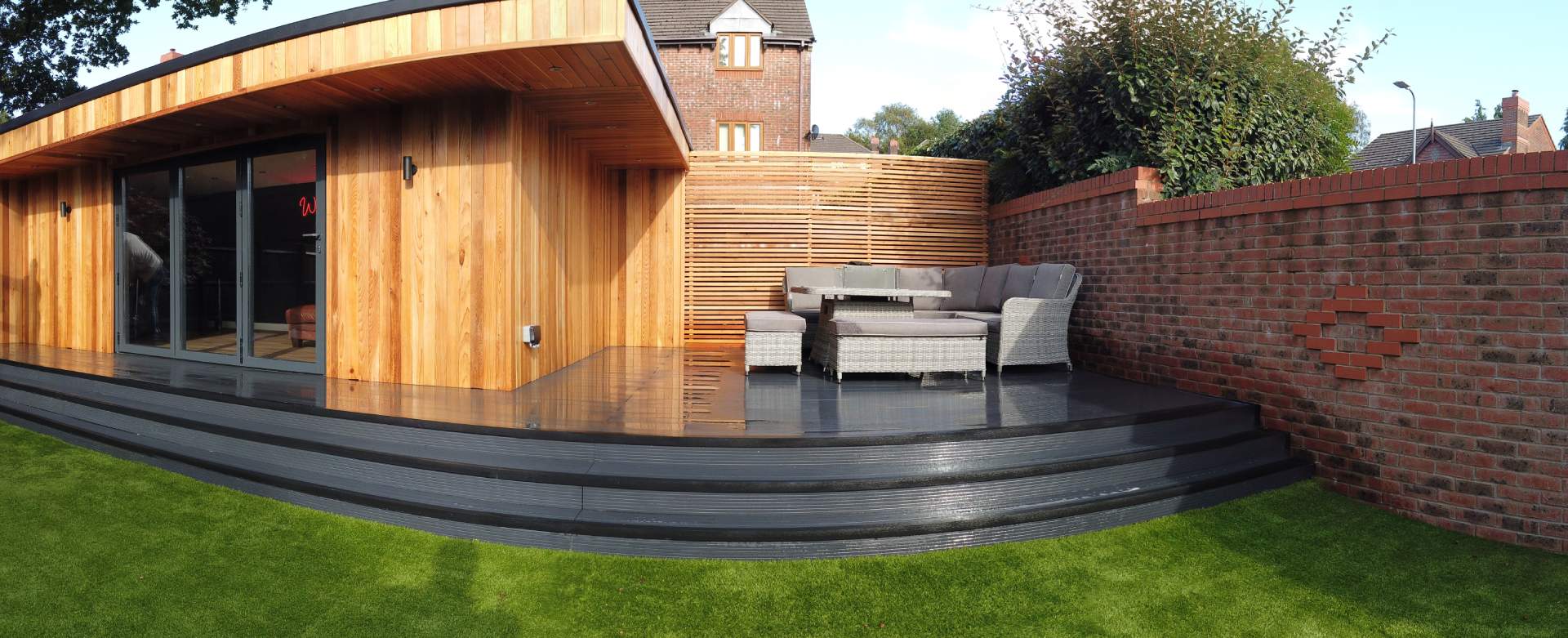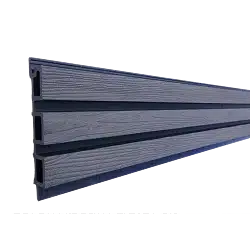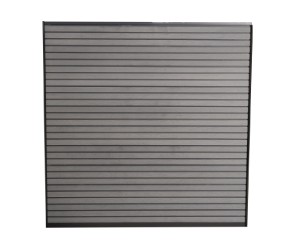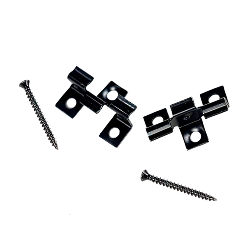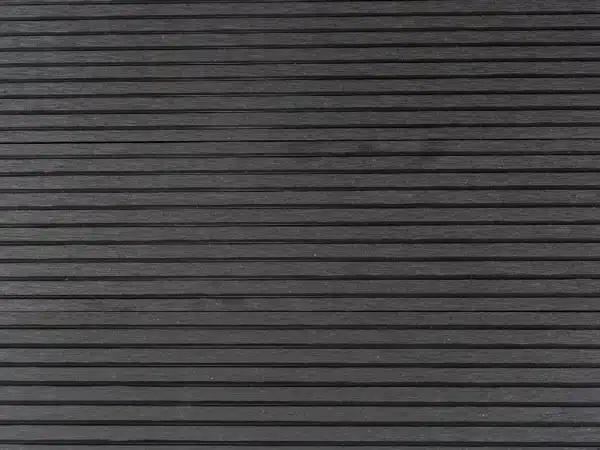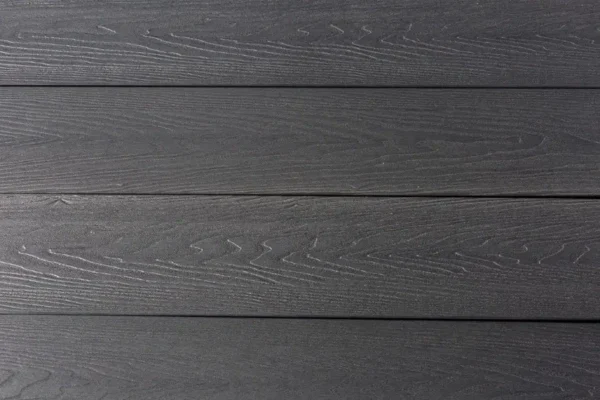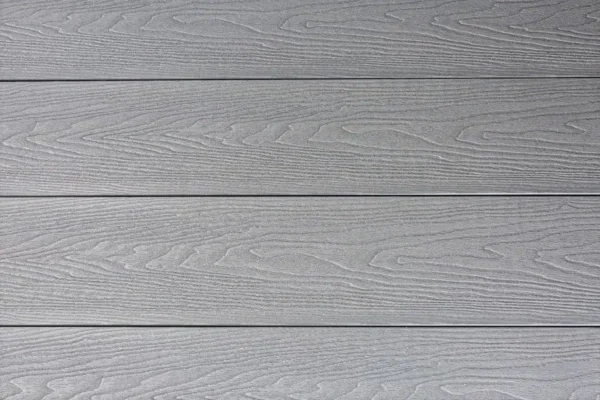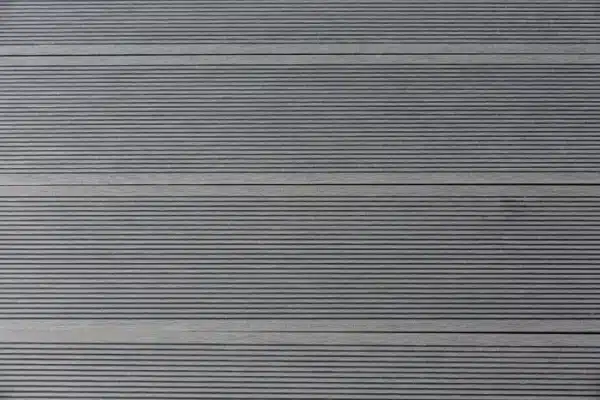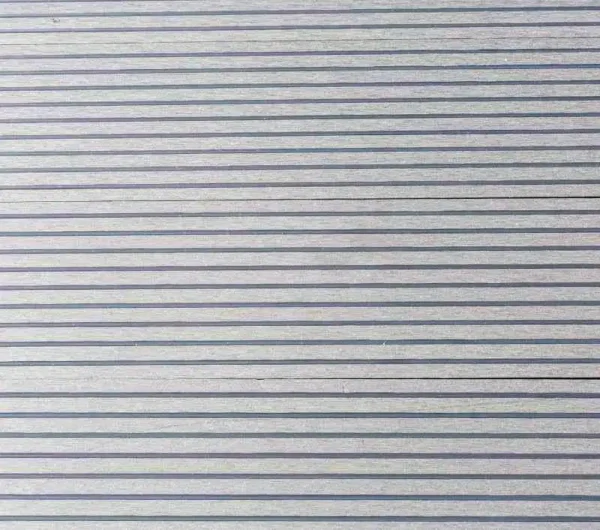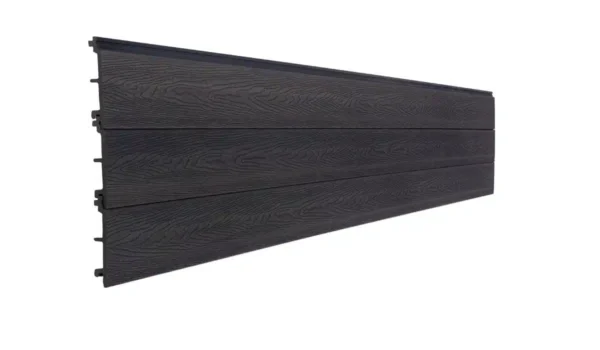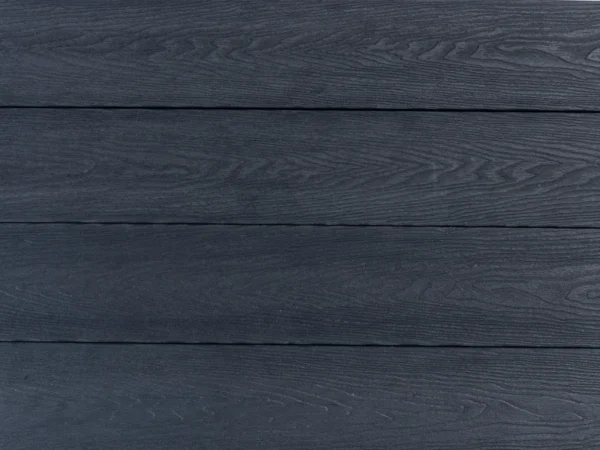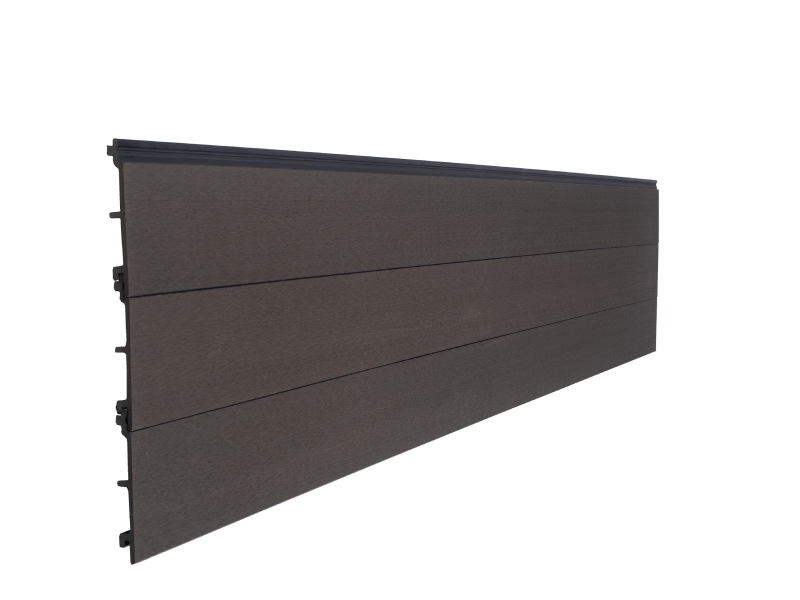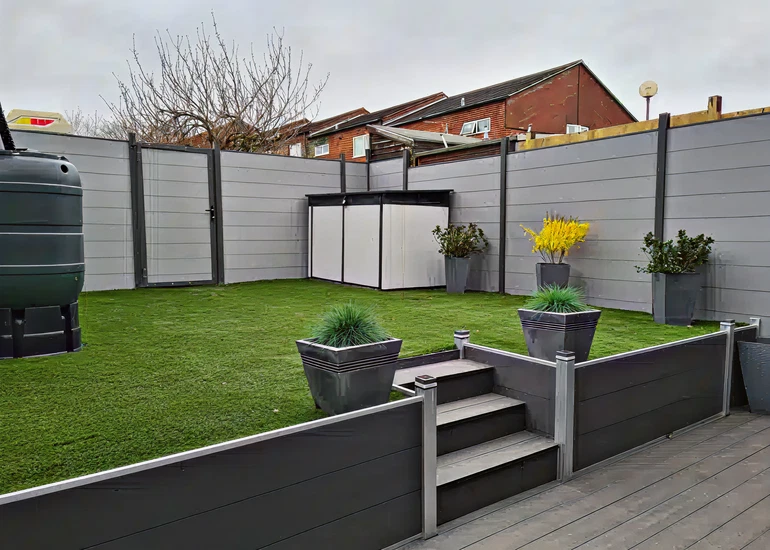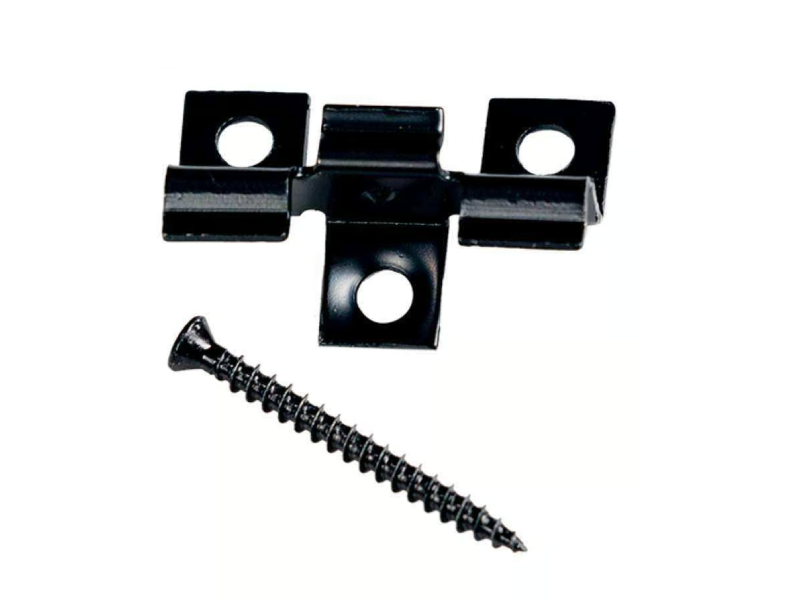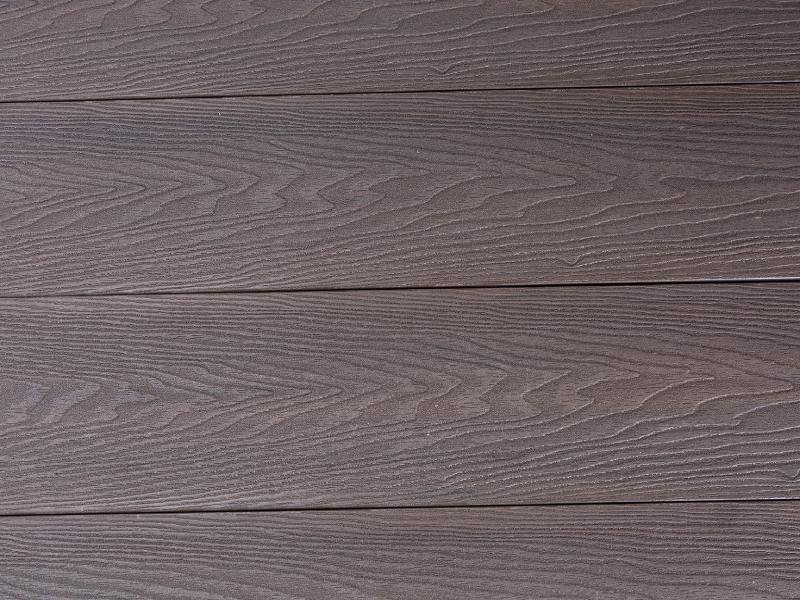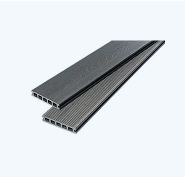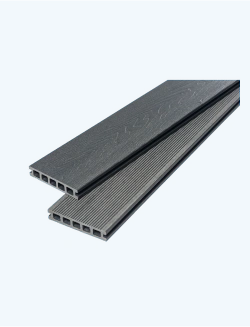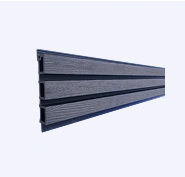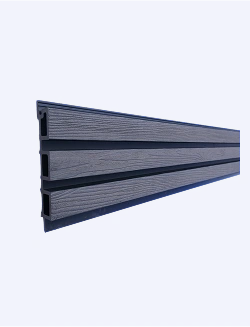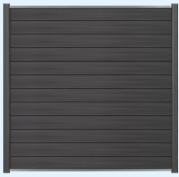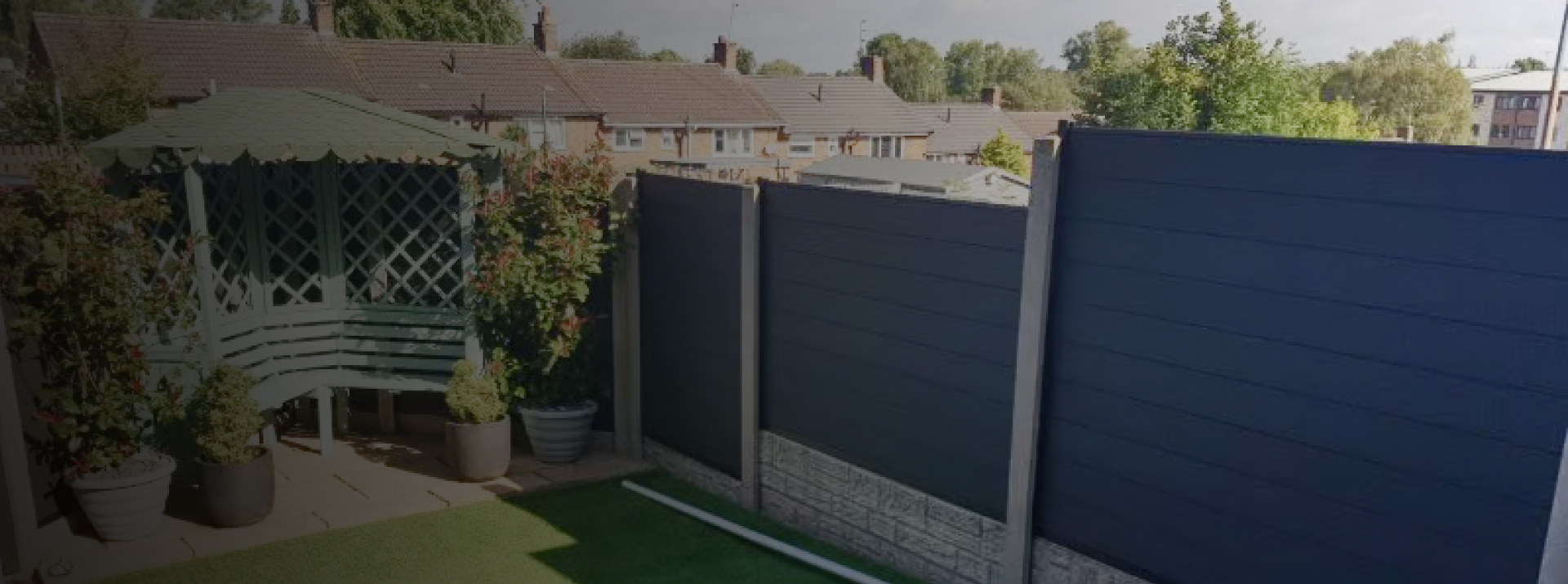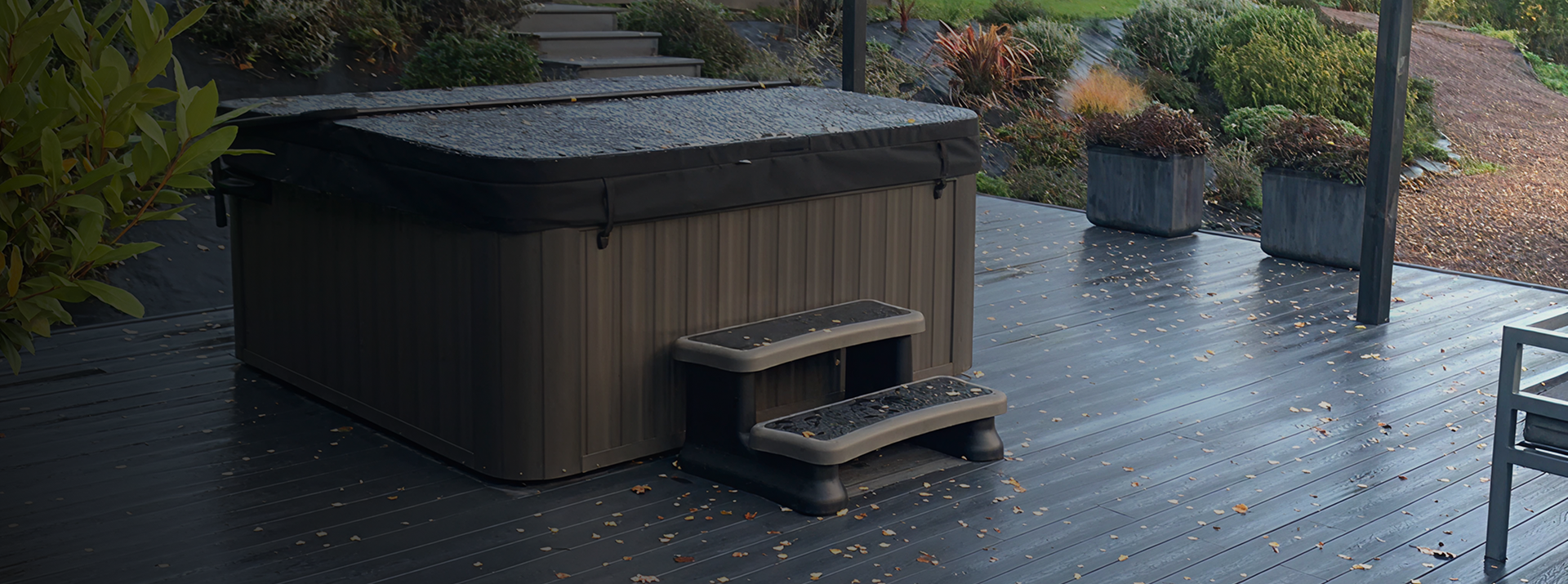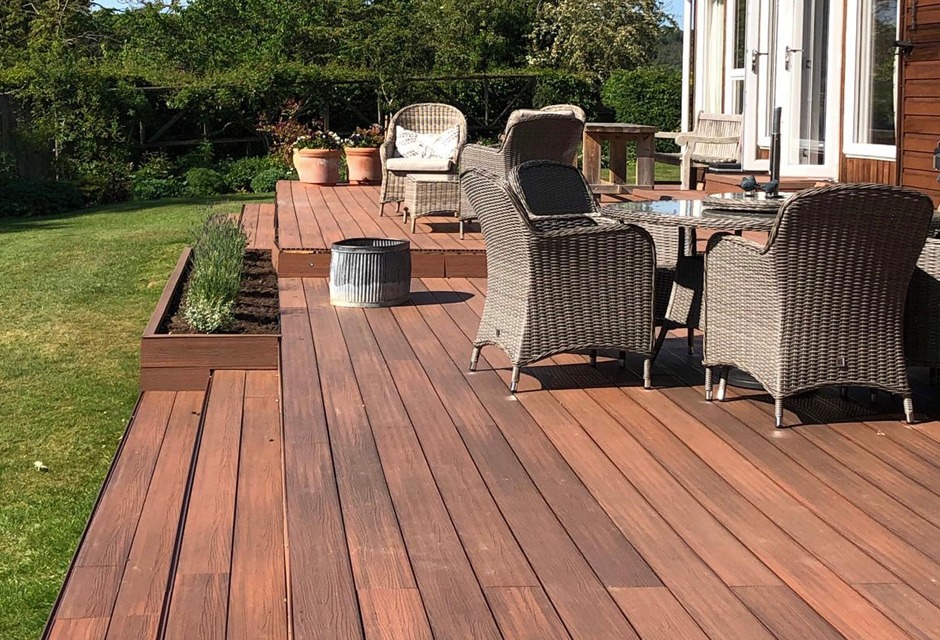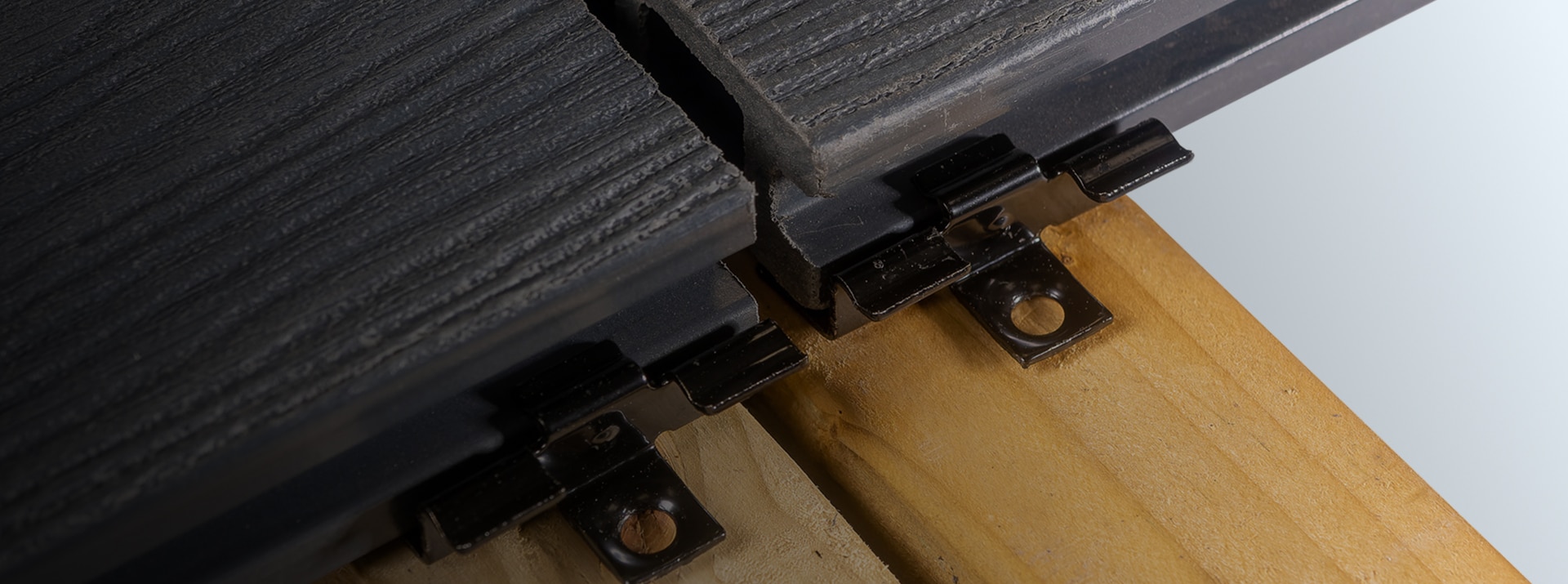Produced with 90% recycled materials, our products are a practical and sustainable choice for your garden project.
Why Choose Ultra Decking
For almost a decade, our foremost commitment has been to our customers. This means our product innovation is constantly fuelled by your feedback and real-life needs. We combine this wealth of experience with our core commitment to quality, creating high-performance composite products that meet a wide range of needs – from value and performance to the latest designs and authentic finishes.
Our products are, and will always be, created with you in mind. See the visual difference for yourself in our latest real-life project videos.
When you choose Ultra Decking, you benefit from:
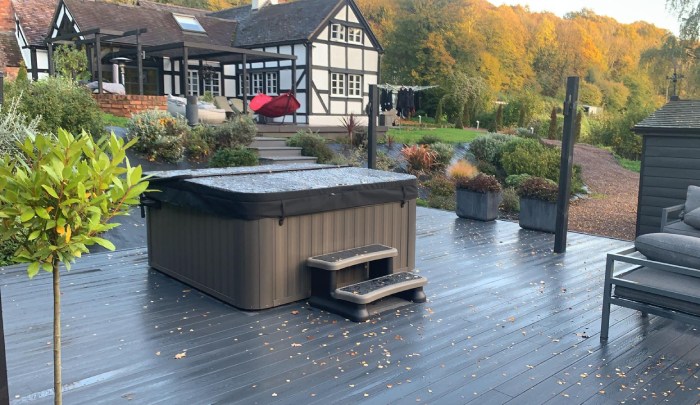
Outdoor Decking | Fencing | Cladding Built To Perform.
-
Eco-Friendly.
-
Effortless Care.
Install a beautiful outdoor solution without the worry of annual, labour-intensive maintenance, such as sanding or staining.
-
Enhanced Surface Texture.
We invest years in rigorous testing and research to ensure our customers receive the very best in surface durability, lasting colour, and overall performance.
-
Fast Delivery.
Our new delivery service is designed to suit your project’s timeline and budget, including a dedicated express option that can deliver in as little as 72 hours.
Shop Our Bestsellers
View All ProductsFeatured In
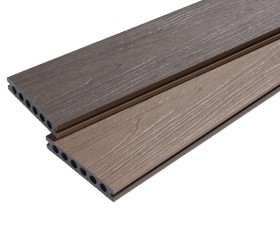
Designed for Beauty, Built for Life
All our products are made from enhanced composite materials. Crafted from a blend of recycled high-density plastics and real wood fibres, they combine the best of both worlds, harnessing the robust strength and longevity of plastic with the natural warmth and visual appeal of wood, to provide a long-lasting, superior solution for any outdoor decking, fencing, or cladding.
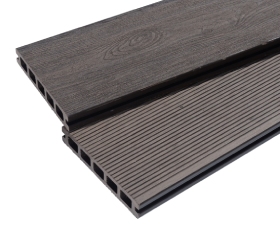
-
Eco-FriendlyOur products offer a sustainable solution for your garden, crafted with 90% recycled materials and produced with the environment in mind.
-
Low Maintenance
Discover an outdoor solution that never needs painting, sealing, or staining. Our products are easily maintained with effortless care, just simple, regular cleaning with hot, soapy water is all that’s required.
-
Water Resistant
Discover an outdoor solution that never needs painting, sealing, or staining. Our products are easily maintained with effortless care. Just simple, regular cleaning with hot, soapy water is all that’s required.
-
Long LifespanSay goodbye to tired, cracked, and splintered timber. Our composite products are designed to last, with a lifespan of up to 25 years, all while retaining their colour consistency and never splintering.
-
Best Price GuaranteedWe are committed to providing outstanding value for money, with a focus on market longevity. If you find a better like-for-like price for a comparable product elsewhere, we will match it.
-
Customer SupportFrom start to finish, our expert team is here to support you. We can help you navigate our collections to find the perfect product for your project, and our guidance won’t stop there—we’re on hand to assist during installation and beyond.
Installation Guides
When it comes to researching and finalising your decision, we know a high percentage of customers consider the time and expense of installation. Our products are developed with this in mind.
From our ready-made, easy-to-fit fencing kits to our multiple decking board lengths and our simple shiplap cladding connection, all our products are developed to speed up installation of your project with your needs in mind.
Articles & Buyers Guide
With a huge variety of products and information in our sector, it’s important to have the right information. That’s why we’ve created a library of resources for our customers.
We believe knowledge is king, and our goal is to share as much as possible with you. Our content is driven by your questions and covers everything from design ideas and installation to aftercare, common mistakes, and even tests conducted years later. We listen to what you need, and you can see that feedback in action with our latest video-based articles. You said you wanted to see it, and we listened.
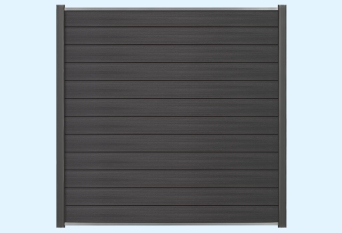
Let Us Deliver
We deliver across the UK mainland, with delivery charges starting from just £59.99. Please ensure someone is available to assist the driver with unloading upon arrival.
- Most orders are delivered within 7 working days. You’ll be emailed your estimated delivery date once your order is dispatched.
- Our delivery service is kerbside only. Assistance may be required to move goods to your desired location.
- For any delivery-related questions, feel free to contact our team at [email protected].


In The Trade?
It’s free to sign up for Ultra Trade, and you’ll benefit from affordable prices, exclusive discounts, and a wide range of products in stock. Never miss a deal. Join today!
You will be entitled to:
- Exclusive Discounts
- Wholesale Price
- Upcoming Deals Notifications
- First Access To New Product Enhancements

Tips, Trends & Ideas
Your Go-To Resource for Outdoor Living Inspiration





